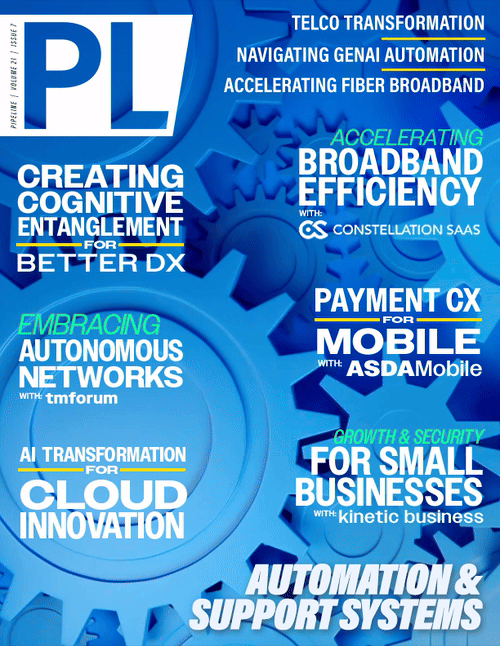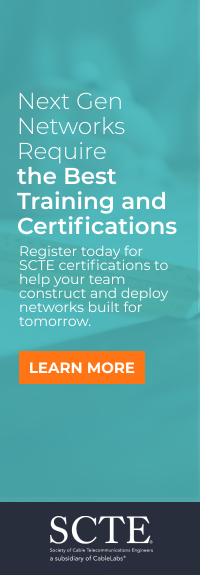Creating Cognitive Entanglement in DT
A Scientific & Technical Basis for the Creation of Human-AI Work Models
Entanglement – The Art of the Possible
Dashboards are obsolete. They represent a painful anachronism in the history of technological advancement. Dashboards are artificial constructions and an obelisk of ‘abstractism’ for the brain. Until about 30 years ago, the brain had never encountered a dashboard. Creating static, two-dimensional objects to represent data starkly contrasts with how the brain has evolved to learn – through movement. To elevate human-AI entanglement, we must reconceptualize UX/UI toward extreme complementarity. This requires designing for memorability, limited working memory, and learning through movement in novel 3D and 2D object spaces. The author does not argue that technology should disappear, as some advocate, but instead evolve, with cognitive neuroscience as one of the foundational pillars for what will be called multi-dimensional object space in the UI.
Since their inception, UIs have struggled to create a unified and robust framework necessary for the brain's understanding, situational awareness, and action-oriented decision-making. Even attempts like the Single Pane of Glass (SPOGs) have fallen short for reasons any decision scientist would readily recognize. The scientific explanation for the failure of SPOGs is that information density exceeded the threshold of working memory, which also appears to have invoked the brain's left hemisphere and its mental model updating mechanism. Yet, firms eager for additional sales were more than willing to introduce them to the market. With the rise of Agentic AI and a deepening understanding of the brain's learning methods, data interrogation, and decision-making processes with data, the way forward involves constructing unique environments for data and information discovery. This approach combines 3D and 2D elements with spatial and semantic dimensions, aligning with Gestalt principles and previously overlooked cognitive aspects such as memorability, integrated with active AI that connects with the user on the most intimate level, factoring in state and trait psychology, heuristic error tendencies, IQ, preferences, and more. Exciting is the fading determinism in requirements or Use Cases. The AI can now ask a set of Use Case questions and build the UI, modifying it according to the direction of the user's interrogation and the AI's perception of what the user should see and explore. We stand on the cusp of forever altering the sensory experience with data and a level of engagement and complementarity previously thought possible in science fiction.
Multi-Dimensional Object Space
AI-dynamically created User Interfaces and User Experiences (UI/UX) will fundamentally alter the sensory experience by dramatically increasing the Information Spectrum being analyzed at speed and scale while reducing entropy from an Information Theory lens. This form of entanglement will significantly affect the firm's use of data, impact situational awareness, and data-driven decision-making along the spectrum of AI to human centricity.
I advance the theory that a multi-dimensional object space composed of visually unique, semantically prototypical features, with physical attributes, functions, and product characteristics nested in space-time, will complement the primary method of reference frame formulation in the neocortex. The more accurate the perception and organization of objects, the more predictive it is of cognitive impact. The intent is to manipulate UI dimensions and features while leveraging organizational principles of perception to enable multi-modal cognition through dynamic user interaction with data and information, mimicking physical movement through an ecosystem. Think of a multi-player video game but instead a hybrid first and third person for a business domain – Sales, Operations, Cyber Security, and so on. At the design level, Relationships such as antonymy, synonymy, hyponymy, usability, and memorability with the ability to explore higher-level semantic and object relations in fine-grained. The AI can simultaneously explore, guide, and highlight any aspect relevant to the user. With the maturing of natural voice, typing and clicking becomes obsolete, effectively removing barriers to cognitive entanglement.
This dynamic multi-layered architecture of interactable visual analytics, metrics, and measures would fundamentally alter the sensor experience with data and likely increase trust as the AI voice explains what is being seen as a supplemental and trusted advisor. This is hypothesized to have a positive impact on the way the brain extends trust to technology. Images have intrinsic memorability, and research shows that the number of semantic dimensions directly correlates with cognitive functioning. Thus, creating a data-dense, multi-dimensional object space of unique 3D and 2D visual analytics, space/time, geolocation, metrics and measures, and contextual text with dynamic exploration functionality may hold the key to a next-generation
UI sensory experience. Time and geolocation also make them excellent choices for immersive data experiences that reveal opportunities, whether to close sales or secure the enterprise. Space-time cubes displaying objects and changes to those objects over time in three- and four-dimensional space could prove transformative for fields such as sales. Geometry-centric Multi-Dimensional Object Space could uncover new opportunities or threats that are not easily visible in two dimensions or tabular data. This is especially true if trajectories, time, and spatial data can be overlaid with metrics, measures, and contextual information of varying degrees of separation for user selection. Imagine the ability to navigate through a cybersecurity device environment by clusters, correlated to other devices by density stack and geolocation, with currently applied patches, in relation to the shifting threat landscape. This view could shift with a single click to a trajectory-based perspective, accompanied by line and time charts and heat maps, all made interactive through data exploration and enhanced by standard two-dimensional charts. This would pave the way for dedicated forms of AI to augment human analysts and decision-makers in unprecedented ways.
In conclusion, AI has become a dominant aspect of enterprise DT conversations, but its deployment in a global enterprise remains a wicked problem. AI is, in many respects, a complex black box of rapidly evolving capabilities, many of which are overstated from an enterprise DT perspective. Furthermore, when discussing AI, human factors are almost universally neglected, and unimaginative models of pairing are often proposed. This approach will likely lead to only incremental advances, as current evidence clearly shows that the opposite outcome – higher work and cognitive loads – is more probable. To realize the full potential of this technology, we must undertake the challenging task of envisioning new human-AI pairings with novel centers of gravity, such as entanglement.



















